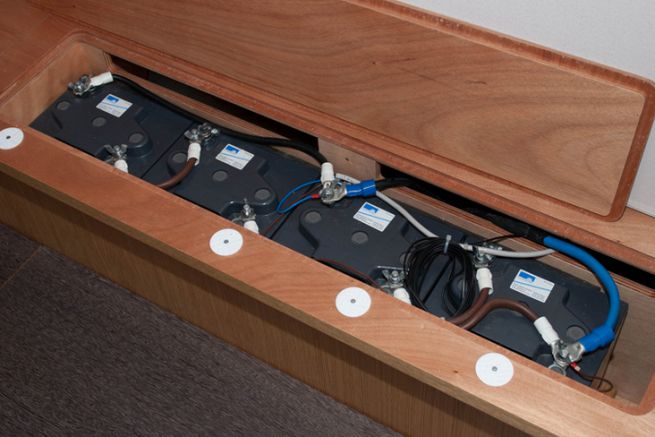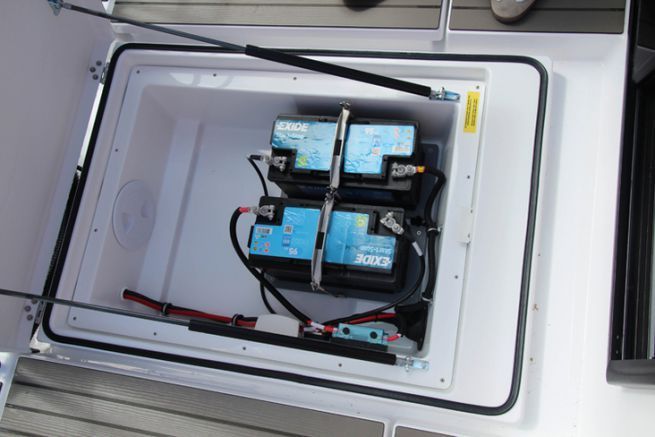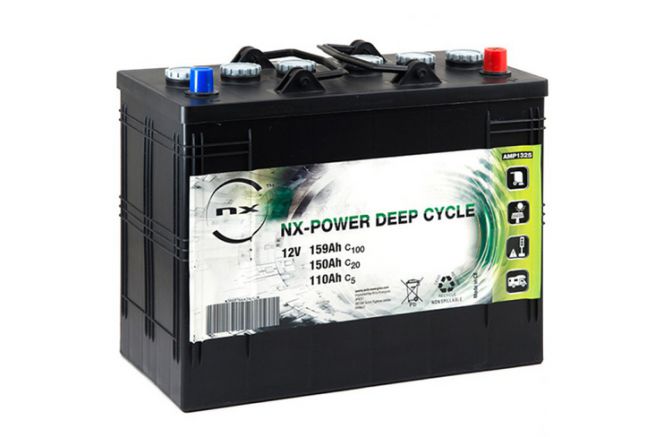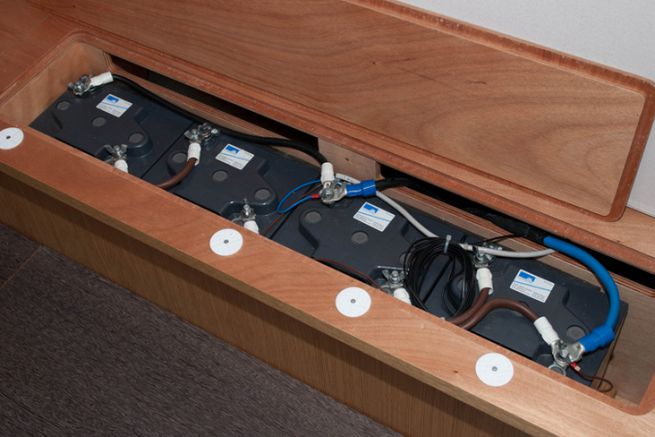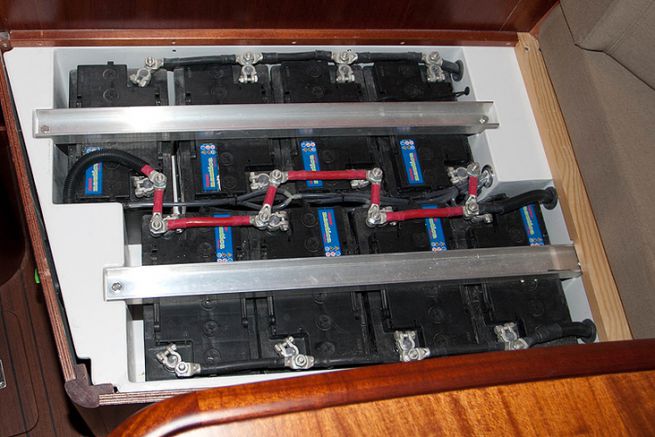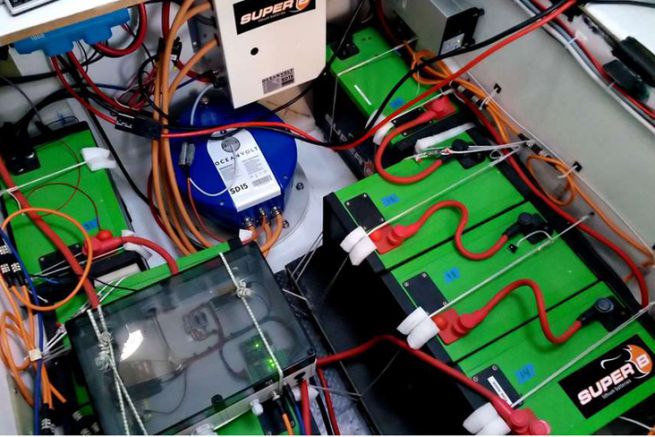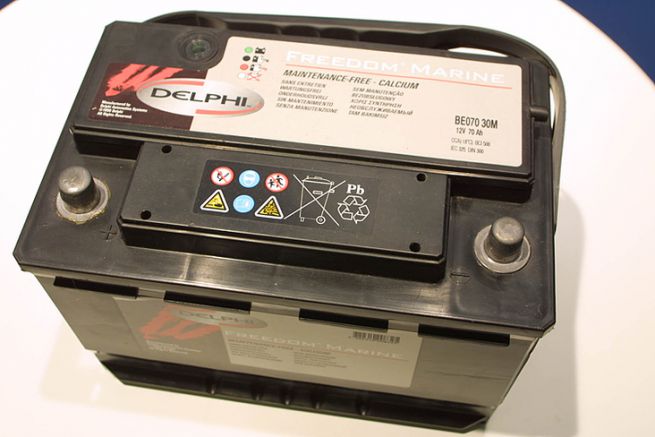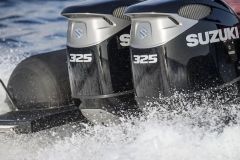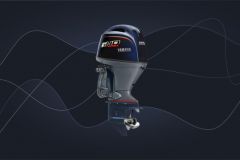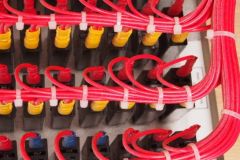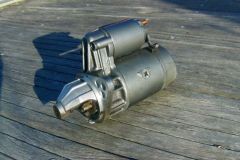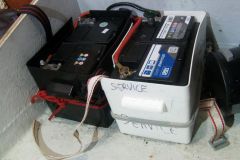The acronym "AGM" stands for Absorbed Glass Matt. It means that the electrolyte in which the lead (+) and lead oxide (-) plates are immersed is "stabilised" inside a kind of fibreglass sponge (the "glass matt" well known to fibreglass hull repairers). The plates are thin.
Together with the sponges, the plates form a kind of compact millefeuille that promotes the circulation of ions and the solidity of the battery. As the electrolyte is completely absorbed by the glass fibre, the chemical reactions are different from those of liquid lead batteries. Here the gases from the process recombine in the sponges, thus avoiding any gaseous emissions.
For this reason, it is never necessary to review the electrolyte level, as the level of electrolyte present in the absorbed state does not vary. Therefore these batteries are completely sealed and can be mounted in any position.
Finally, in terms of construction, the plates are very tightly packed together, compressed by the fibreglass sponge, generating a "denser" architecture allowing a faster charge cycle than other lead acid batteries.
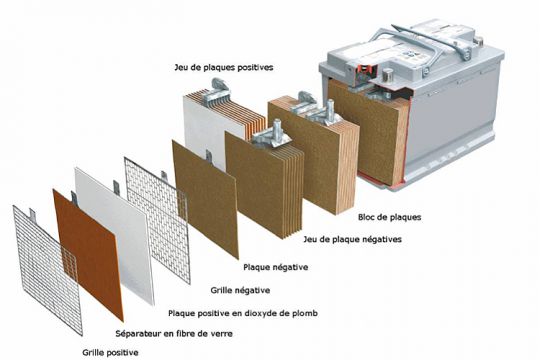
Types of AGM batteries
There are several types of construction for AGM batteries
Spiral AGMs In these batteries, the complex of lead plate, lead oxide, fiberglass matt and electrolyte are tightly rolled together. This provides a larger plate area and higher instantaneous starting power.
These spiral batteries are ideal as starter batteries or bow thrusters.
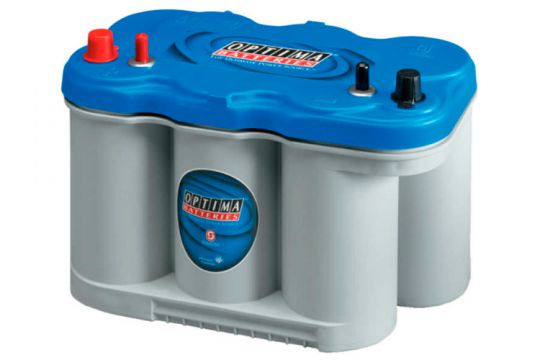
AGM Discover or AGM Deep Cycle : In these Deep Cycle batteries, the lead and lead oxide plates are much thicker in order to be able to provide a relatively low discharge intensity for a long time. These are ideal service batteries.
Setting the 3-phase charger
- Bulk 14.8V
- Absorption 14.8V
- Float 13.4V
Advantages of AGM batteries
- Increased capacity
- Waterproof, maintenance-free
- Absence of water so batteries are almost insensitive to frost
- Compatible with quick recharge
- Solid
Disadvantages of AGM batteries
- Heavy and cumbersome
- Relatively small number of cycles due to the "compact" nature of the electrolyte
- Some of them can't handle deep discharges. It is advisable to protect the batteries from too deep a discharge by means of a battery switch that will switch off the consumers under a certain voltage and to have a 3-phase battery charger, set to AGM parameters
- Cannot withstand total discharge, risk of destruction if the voltage drops below 10.5V.
